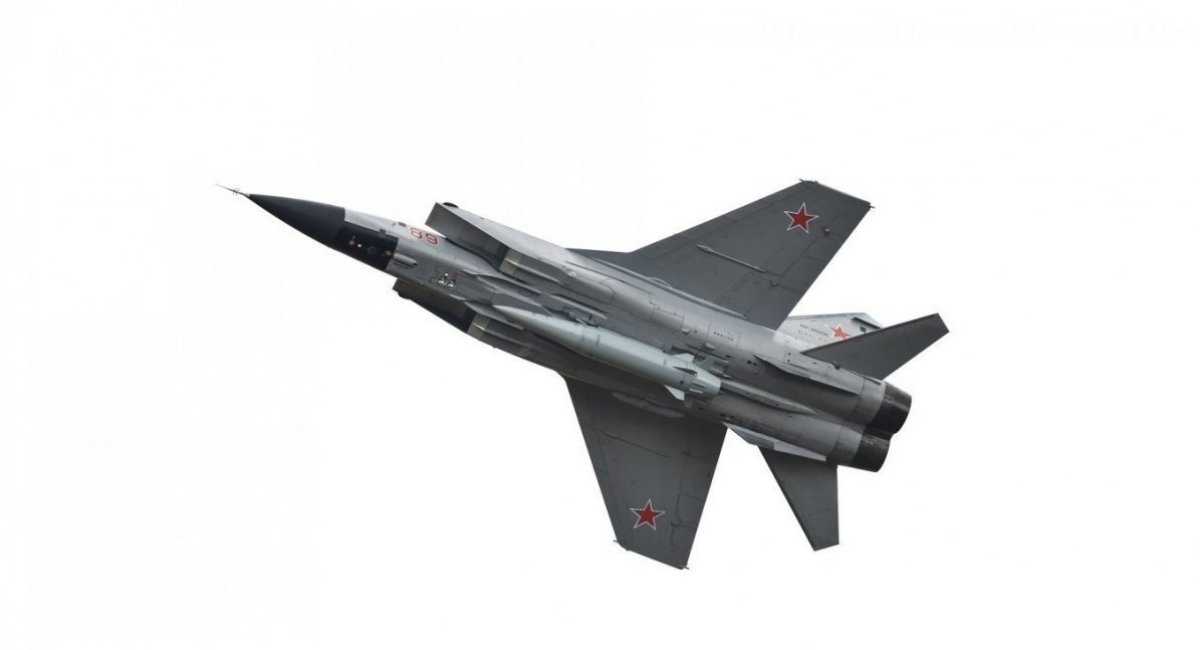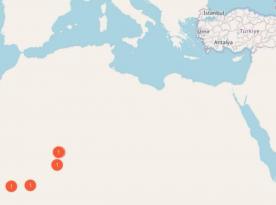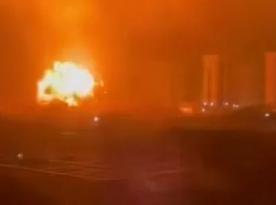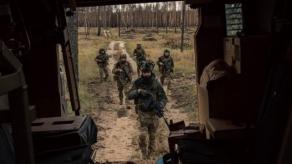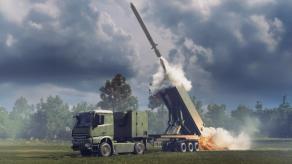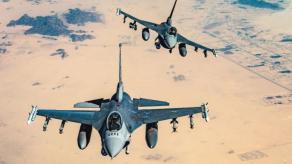Despite suffering significant losses to its long-range aviation fleet, russia remains capable of maintaining intensive missile strikes against Ukraine, according to an assessment by the Defense Intelligence shared with NV. The findings come amid growing concerns that Moscow may seek to retaliate for recent Ukrainian operations, particularly the Pavutyna campaign, which disabled around 34% of russia's strategic bombers.
While American intelligence has not identified specific targets, officials suspect that the Kremlin might prioritize strikes against civilian infrastructure, potentially followed by a renewed assault on Ukraine's energy grid, tactics reminiscent of russia's winter campaigns.
Read more: russia's Belaya Air Base in Siberia Sees Buildup of russian Tu-95MS and Tu-22M3 Strategic Bombers and Possibly Kinzhal-Carrying MiG-31 Aircraft
As of mid-May 2025, the Defense Intelligence estimates that russia still holds significant missile stockpiles. These include nearly 600 Iskander-M ballistic missiles, over 100 Kinzhal hypersonic missiles, around 300 Iskander-K cruise missiles, and more than 300 Kh-101 air-launched cruise missiles. Russia also retains over 400 Kalibr sea-launched missiles and as many as 300 older Kh-22/Kh-32 units. Furthermore, about 700 Oniks and Zircon anti-ship and hypersonic missiles are still in storage.
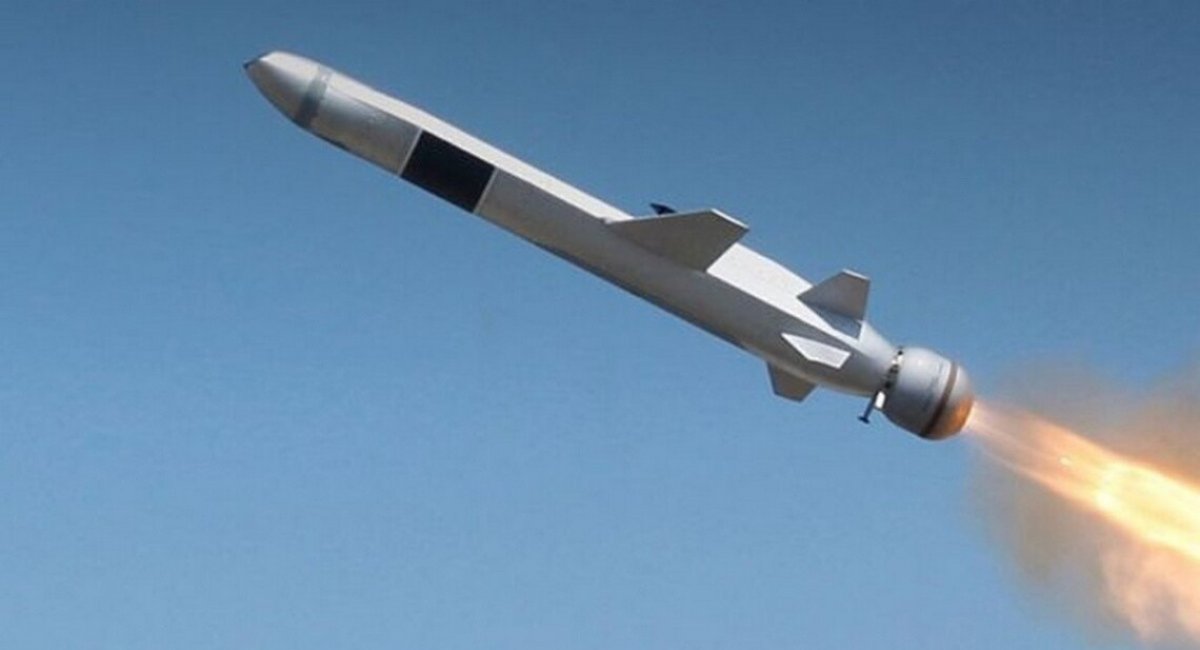
Russia's missile arsenal is further supplemented by foreign-supplied munitions. Intelligence reports note that Moscow possesses around 60 North Korean KN-23 ballistic missiles. Additionally, the Kremlin has access to approximately 11,000 surface-to-air missiles for its S-300P and S-400 air defense systems, many of which have been repurposed for ground strikes.
Crucially, russia is not only relying on its reserves but continues to actively replenish them. Monthly missile production remains robust. The military-industrial complex can manufacture 60–70 Iskander-M, 10–15 Kinzhal, 20–30 Iskander-K, and up to 70 Kh-101 units each month. The Kalibr missile production stands at 25–30 units monthly, while Zircon and Oniks production totals 20–30 units combined.
This production capability ensures that even in the face of battlefield setbacks or targeted strikes against storage and logistics, russia can continue launching regular missile barrages against Ukraine. The sustained tempo of both production and deployment underscores the long-term challenge posed by russia's missile strategy.
Read more: Ukraine`s SOF Destroyed Rare Uragan-1 MLRS, Which Was Initially Confused with Korean KN-09




